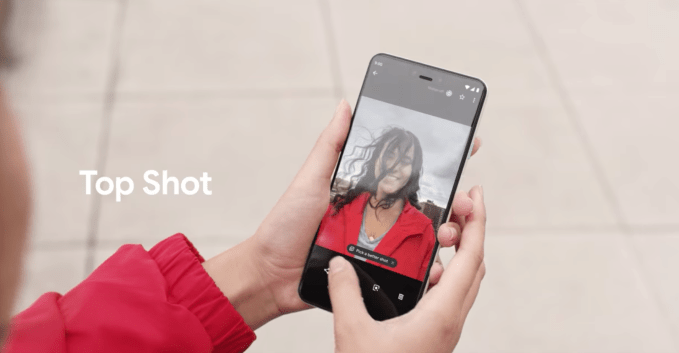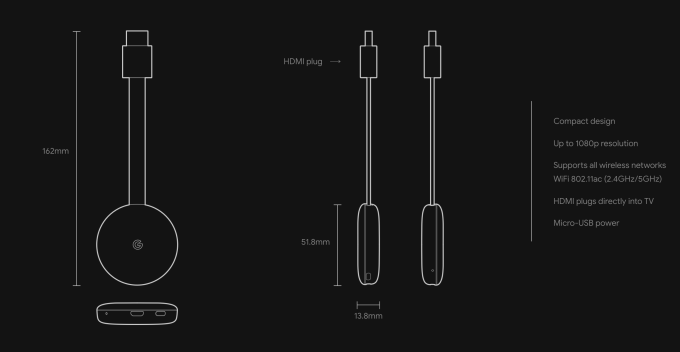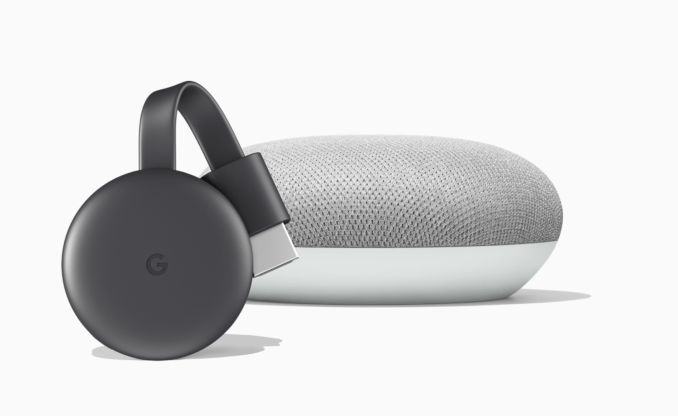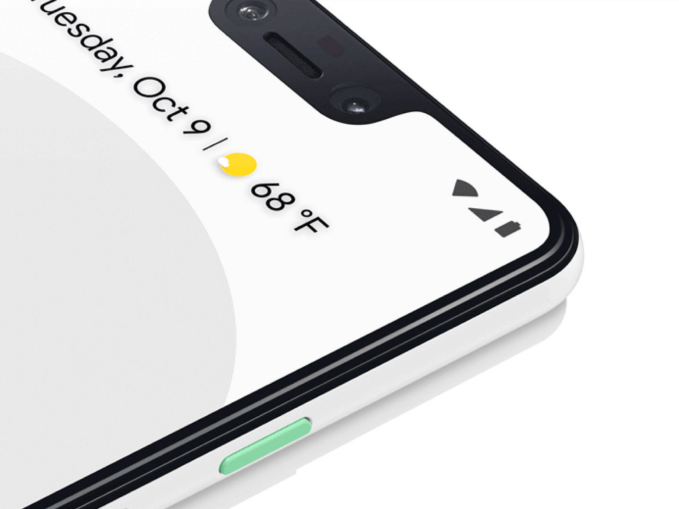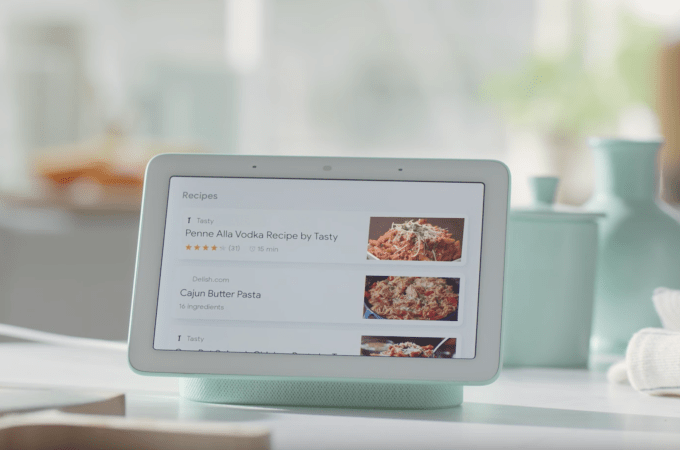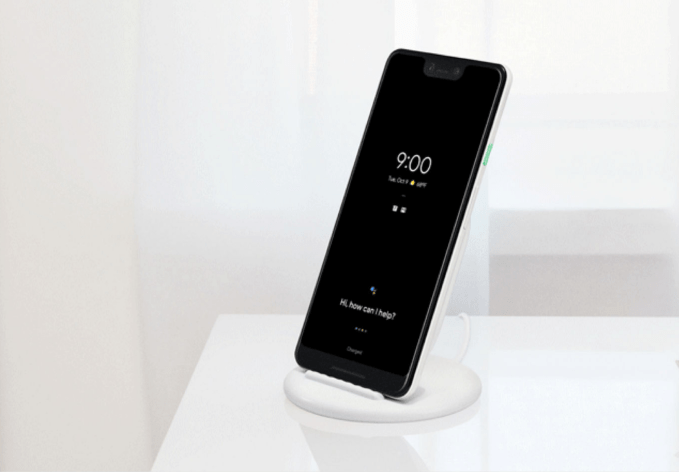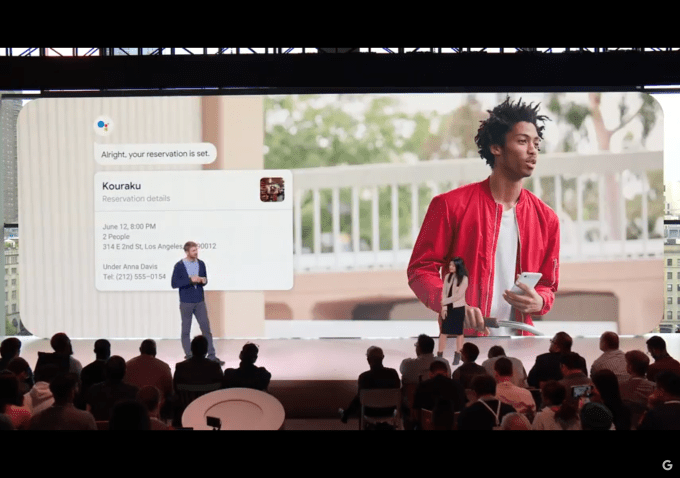Google’s Pixel 2 introduced one of the best smartphone cameras ever made and the Pixel 3 brings even more more bells and whistles sure to please mobile photographers. On paper, the Pixel 3’s camera doesn’t look much different than its recent forebear, but because it’s Google, software is where the device will really shine. We’ll go over everything that’s new.
Starting with specs, both the Pixel 3 and the Pixel 3 XL will sport a 12.2MP rear camera with an f/1.8 aperture and an 8MP dual front camera capable of both normal field of view and ultra-wide angle shots. The rear video camera captures 1080p video at 30, 60 or 120 fps, while the front-facing video camera is capable of capturing 1080p video at 30fps. Google did not add a second rear-facing camera, deeming it “unnecessary” given what the company can do with machine learning alone. Knowing how good the Pixel 2’s camera is, we can’t really argue here.
Top Shot
With the Pixel 3, Google introduced Top Shot. With Top Shot, the Pixel 3 compares a burst set of images taken in rapid succession and automatically detects the best shot using machine learning. The idea is that the camera can screen out any photos in which a subject might have their eyes closed or be making a weird face unintentionally, choosing “smiles instead of sneezes” and offering the user the best of the batch. Stuff like this is usually gimmicky, but given Google’s image processing prowess it’s honestly probably going to be pretty good. Or as TechCrunch’s Matt Burns puts it, “Top Shots is Live Photo but useful” which seems like a fair assessment.
Super Res Zoom
Google’s next Pixel 3 camera trick is called Super Res Zoom, which is what it sounds like. Super Res Zoom enables the camera to take a burst of photos and then leverages the fact that each image is very slightly different due to minute hand movements, combining those images together to recreate detail “without grain” — or so Google claims. Because smartphone cameras are limited due to their lack of optical zoom, Super Res Zoom employs burst shooting and a merging algorithm to compensate for detail at a distance, merging slightly different photos into one higher resolution photo. Because digital zoom is notoriously universally bad, we’re looking forward to putting this new method to the test. After all, if it worked for Mars, it’s bound to work for concert photos.
Night Sight
A machine learning camera hack designed to inspire people to retire flash once and for all (please), Night Sight can visualize a photo taken in “extreme low light.” The idea is that machine learning can make educated guesses about the content in the frame, filling in detail and color correcting so it isn’t just one big noisy mess. If it works remains to be seen but given the Pixel 2’s already stunning low light performance we’d bet this is probably pretty cool.
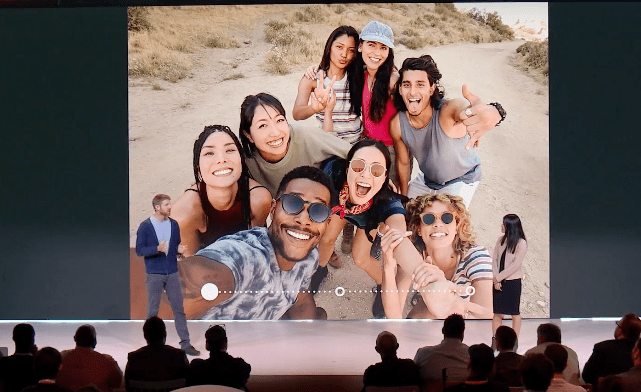
Group Selfie Cam
Google knows what the people really want. One of the biggest hardware changes to the Pixel 3 line is the introduction of dual front-facing cameras that enable super-wide front-facing shots capable of capturing group photos. The wide angle front-facing shots feature a 97 degree field of view compared to the normal already fairly wide 75 degree field of view. Yes, Google is trying to make “Groupies” a thing — yes, that’s a selfie where you all cram in and hand the phone to the friend with the longest arms. Honestly, it might succeed.
Google has a few more handy tricks up its sleeve. In Photobooth mode, the Pixel 3 can snap the selfie shutter when you smile, no hands needed. With a new kind of motion tracking auto-focus option you can tap once to track the subject of a photo without needing to tap to refocus, a feature sure to be handy for the kind of people that fill up their storage with hundreds of out of focus pet shots.
Google Lens is also back, of course, but honestly we’ve never met anyone who uses it. And Google’s AR stickers are now called Playground and respond to actions and facial expressions. Google is also launching a Childish Gambino AR experience on Playground (probably as good as this whole AR sticker thing gets, tbh) which will launch with the Pixel 3 and come to the Pixel 1 and Pixel 2 a bit later on.

With the Pixel 3, Google will also improve upon the Pixel 2’s already excellent Portrait Mode, offering the ability to change the depth of field and the subject. And of course the company will still offer free unlimited full resolution photo storage in the wonderfully useful Google Photos, which remains superior to every aspect of photo processing and storage on the iPhone.
Happily, because much of what Google accomplishes in mobile photography is achieved on the software processing side, the last generation Pixel 2 isn’t getting left in the dust, either. Because they don’t rely on new hardware, most of the features that Google announced today for the Pixel 3 will likely be hitting the Pixel 2 as well, though we’ll sort that out and update this post to specify when that is not the case. So far, we know Group Selfies relies on the dual front camera, so that’s Pixel 3 only.
With its Pixel line, now three generations deep, Google has leaned heavily on software-powered tricks and machine learning to make a smartphone camera far better than it should be. Given Google’s image processing chops, that’s a great thing and most of its experimental software workarounds generally works very well. We’re looking forward to taking its latest set of photography tricks for a spin, so keep an eye out for our upcoming Pixel 3 hands-on posts and reviews.

